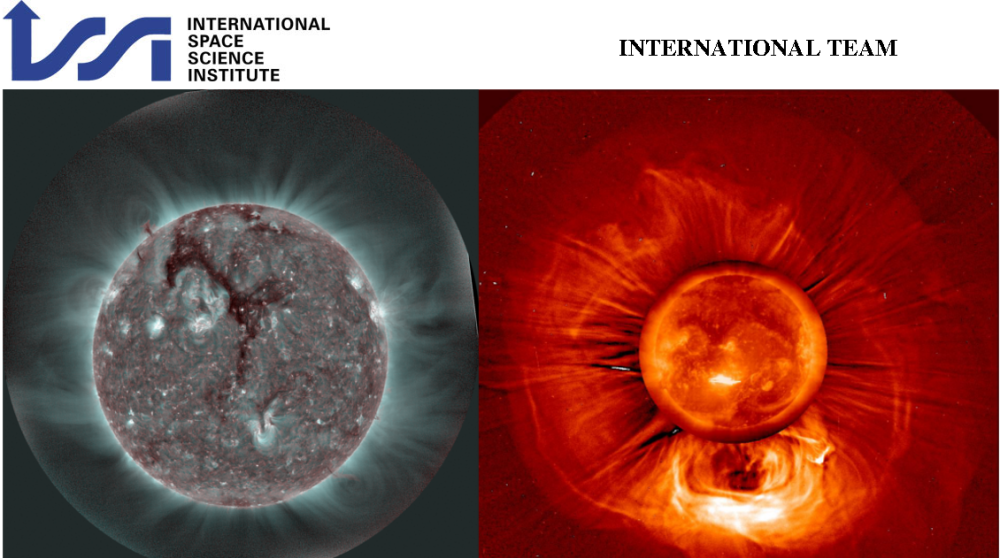Coronal Mass Ejections (CMEs) are transient expulsions of large amounts of coronal plasma and magnetic flux into the Heliosphere. They represent a key energy release process in the solar corona, and a major driver of space weather. A largely unresolved and fiercely debated problem of the CME physics concerns the nature of their pre-eruptive magnetic configurations. Namely, which magnetic configurations are most prone to destabilization and subsequent CME formation and how do they form? There exist two largely orthogonal models/theories asserting that the pre-eruptive magnetic configuration has the form of either a magnetic flux rope (MFR) or that of a sheared magnetic arcade (SMA). Moreover, a diversity of physical mechanisms (e.g., shearing, flux emergence, flux cancellation, etc.) have been proposed to explain the formation of pre-eruptive configurations. Elucidating on the pre-eruptive configurations and how they form has important implications for the physical understanding of CMEs,
the origin and evolution of CME-prolific active regions,and for space-weather prediction purposes.
The current wealth of observational data from the Solar Dynamics Observatory mission (i.e., AIA observations of both pre-eruptive and eruptive structures in hot channels and HMI vector magnetograms), coupled with the latest capabilities in MHD modeling, make it timely to undertake a comprehensive, systematic study of pre-eruptive magnetic configurations.Our team contains expertise in all facets of the problem. We propose to approach the problem as follows.
- Combine MHD theory and modeling to generate a pre-eruptive structure diagnostics matrix.
- Juxtapose the pre-eruptive structure diagnostics matrix with observations to determine the dominant pre-eruptive configuration.
- Determine the dominant physical mechanism(s)
behind the formation of the observed pre-eruptive configurations. - Compile a list of recommendations for observational set-ups of future solar instrumentation.
